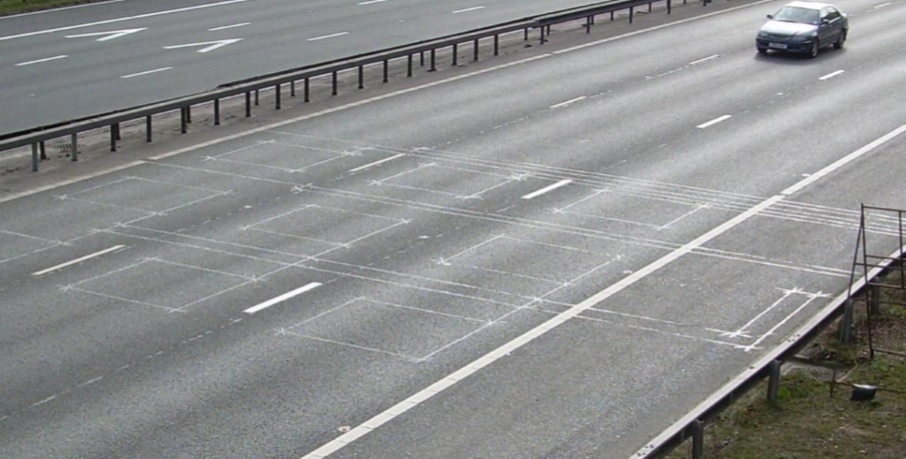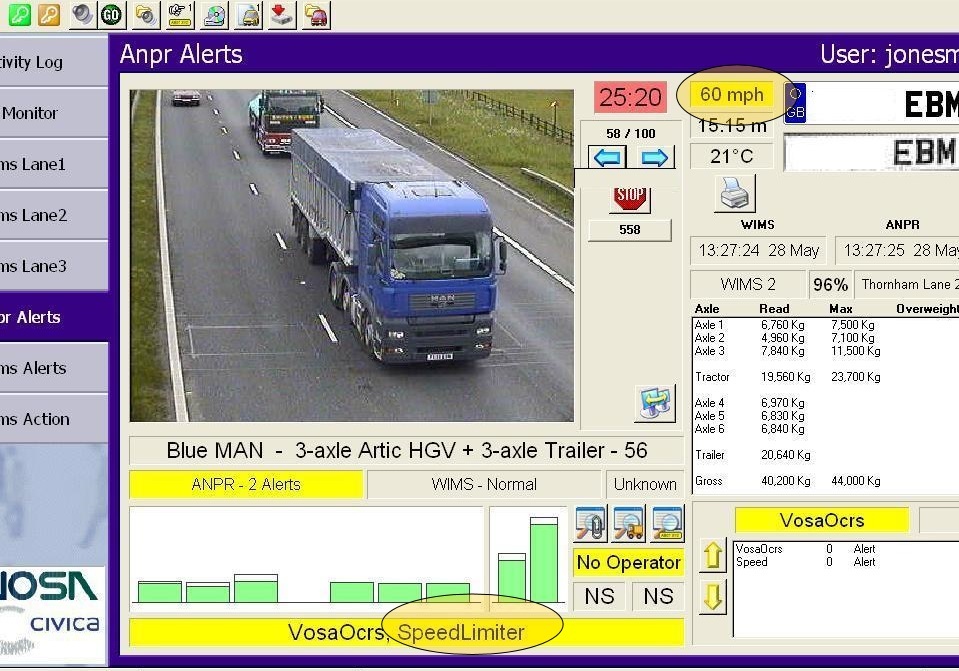What Are Weigh In Motion (WIM) Sensors?

Over the past couple of years, you may have heard the phrase Weigh in Motion (WIM). These are sensors placed under a roads surface and cameras which have been placed on motorways around the country to try and combat overloaded trucks and lorries.
Before the use of Weigh in Motion (WIM), the only way to monitor overloaded vehicles was by either Traffic Officers or the Police, pulling over a vehicle which they suspect to be overloaded and weighing them at the roadside, if they have the tools to do so. For this, either a weigh bridge or axle weigh pads is required, and these are very rarely available by the appropriate officers.
Why do lorries need to be checked for overloading?
Overloaded lorries and trucks pose a threat, not only to the drivers themselves, but to other road users. The additional weight can put a strain on the lorries tyres and cause blow outs, there can be an increased chance of the load shedding and braking distance increases significantly. Not only that, but when a lorry is overloaded insurance can be void and both the company and the driver can be fined heavily.
How do Weigh in Motions Sensors work?
Situated around the country, there are various points in which weighing sensors are placed under the roads surface. As a vehicle passes over the sensor, an in-motion weight will be obtained for that vehicle, an ANPR camera will capture the registration plate and an image of the vehicle. The information obtained is then cross referenced to the DVSA database.
If a vehicle is suspected to be overloaded, an alert will be sent to a supervising officer and the nearest traffic police patrol car will stop the vehicle further along its journey. The weighing sensors mounting under the roads surface are incredibly accurate and almost every WIMs alarm is then confirmed as correct by stationary scales used at the DVSA check point.
The screenshot below is of the operation system used for cross referencing the WIMs information with the DVSA database.

Where are the WIMs located?
The exact location of all of the Weigh in Motion (WIM) destinations have not been formally disclosed. However, the DVSA has shared that there are at least 11 or more locations in “strategic parts of the UK road infrastructure”. By searching online and looking at relevant posts, some of the locations have been listed.
How can you check that your vehicle is not overloaded?
It is both the companies and individual drivers responsibility to ensure that the vehicle is not overloaded. In most cases, if a fine is issued, both parties will face the repercussions. The simplest method of ensuring that your vehicle is not overloaded is to carry a set of in-motion axle weigh pads in your cabin.
Our AP-200 axle weigh pad system can be simply placed out and then the driver will slowly move over the top of the pads. The data will then wirelessly feed into the indictor and a printout can be recorded for your personal records. Find out more about the AP-200 here.
Find out more on Weighing in Motion (WIMS) here:
https://www.transportsfriend.org/law-enforcement/weigh-in-motion-system/